High pixels are now returning as an important indicator for judging camera performance. In just 10 years, we have watched the growth of high-pixel models from 24 million pixels to more than 50 million pixels. As an important direction for the development of camera technology, high-pixel cameras are playing an increasingly important role. Today, let's take a detailed look at the development of high-resolution cameras in the past 10 years to see what high-resolution has brought to photography.
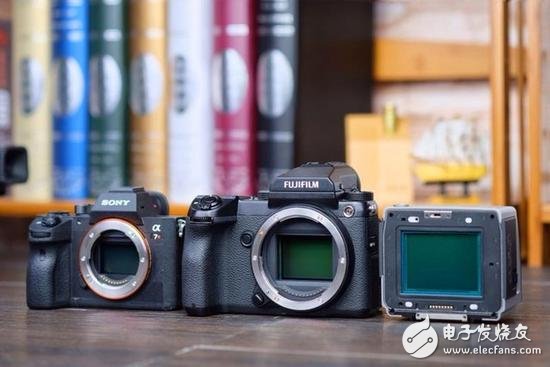
Speaking of high pixels, 2008 can be regarded as the first year of the era of high pixels. This year, several major high-resolution cameras that we are familiar with have been unveiled. They are: Sony's last SLR flagship A900, Nikon flagship D3X and the first generation of Canon Canon EOS 5D Mark II. These cameras made people realize for the first time that high pixels can become a main performance advantage of the camera.
Representative models: A900, D3X, 5D2
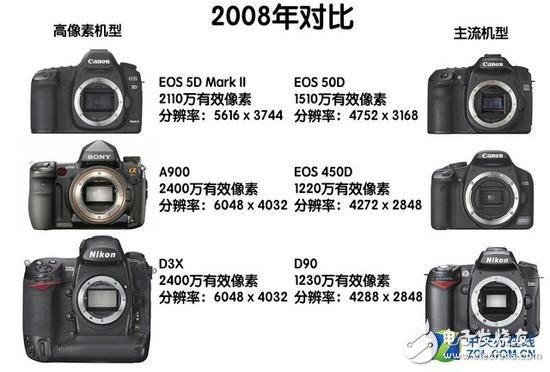
Compared with the data in 2008, the resolution advantages of high-pixel models compared to mainstream models are very obvious
How high is the high pixel, we might as well compare this year's mainstream models, Canon EOS 450D: 12 million pixels, Nikon D90: 12 million pixels, Pentax K20D: 15 million pixels, Nikon D700: 12 million pixels. The number of high-pixel bodies is 20 million pixels to 24 million pixels, which is basically double the number of pixels of mainstream models. Higher pixels bring high resolution that cannot be matched by other models, and mass users begin to appreciate the image quality advantages brought by high pixels.
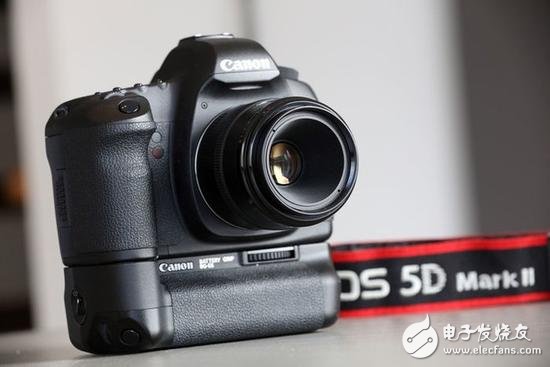
As the representative of the 08 generation of high pixels, Canon EOS 5D Mark II can be said to be well-received

With the release of Sony A900 in 2008, S, C, N all finally have full-frame models
As the first year of high-resolution cameras, the characteristics of high-resolution cameras during this period are one point: high-resolution and high-resolution. The birth of the concept of high pixels is precisely due to the fundamental characteristics of high pixels. High resolution and purity at the original low sensitivity become the biggest advantages of these high-pixel models. Excellent picture clarity, good picture purity, a generation of high-pixel cameras set off a round of "high pixel heat".
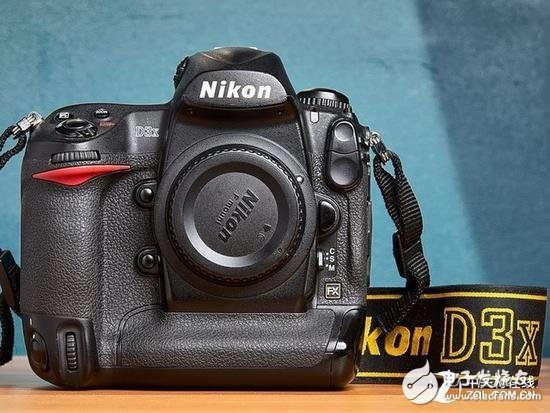
D3X is actually the first to allow us to see the possibility of comprehensive development of high-pixel models
In contrast, the high-resolution models of this early era still have too many limitations. For example, the noise control performance is not good (A900 and D3X basically belong to the upper limit of ISO 400), the price of the body is too expensive (Nikon D3X) and the speed is slow or the mechanical performance of the body is weak (Canon 5D2). However, the basic advantages of high pixels have begun to show, and for the pursuit of high image quality, these high-pixel models have become a better choice. The era of high pixels starts from now on.
2012-2014: the pursuit of more comprehensive picture quality, try miniaturization
Four years have passed since 2008, and the number of pixels in the camera has improved qualitatively. In just four years, the mainstream consumer category has risen from the 12-megapixel era to 16-18 million pixels, and the 24-megapixel APS-C model has also begun to move toward mainstream development. And this year, the development of high pixels also ushered in its own important year. In 2012, now more familiar high-pixel models began to appear in front of us: Nikon D800. The pixels of the new generation of high-pixel cameras have been upgraded again, and the age of 36-megapixel image quality has arrived.
Representative models: Nikon D800, Sony A7R
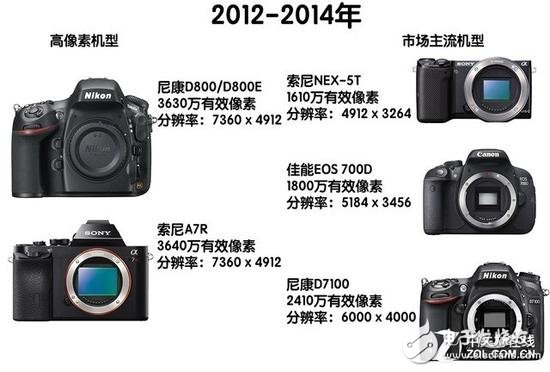
From 202 to 2014, the pixels of high-pixel models increased further, and the pixel gap between mainstream models and high-pixel models decreased.
After the advent of full-frame cameras of 24 million pixels, everyone is also wondering what the next generation of high-resolution cameras will look like. Especially with the release of Sony A77 and NEX-7 in 2011, mainstream models began to stand at the level of 24 million pixels. What about the next generation of high-resolution camera models? In 2012, Nikon D800 / D800E was launched, and the concept of high pixels was refreshed again.
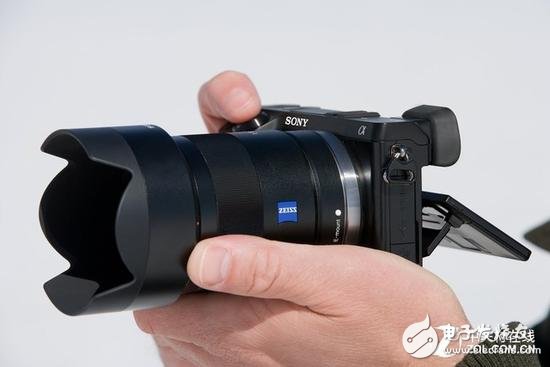
With the release of NEX-7, APS-C models began to stand at 24 million pixels, the resolution gap between mainstream models and high-pixel models was narrowed
After the pixels have been increased by 50%, high-pixel cameras have also begun to have a new advantage: picture quality. Starting from this generation of high-pixel models, in addition to the enhancement of details brought by the increase in the number of pixels, the quality of pixels has been further improved. High latitude, high dynamic range and better color performance have become the new requirements for image quality of the new generation of high-pixel cameras. It is from this generation of fuselages that the concept of tolerance has become more valued by photography enthusiasts and equipment users. It is also these changes that have brought about changes in shooting skills and sensor technology development and innovation.

High pixel miniaturization was realized in this period, A7R let people see the future of high pixel and full frame miniaturization
In addition to the further enhancement of the image quality of high pixels, the miniaturization of high pixels also began during this period. In 2014, Sony's first full-frame micro-single was born, and the 36-megapixel A7R also became the second full-frame camera with a 30-megapixel sensor. High pixels started their own miniaturization for the first time.
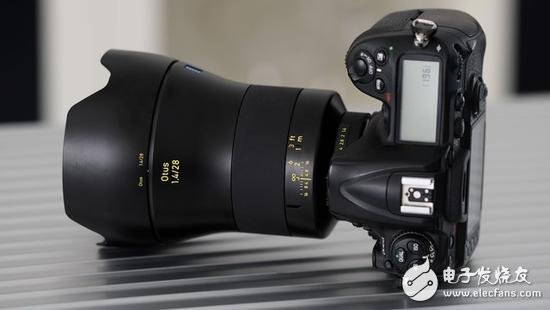
The high-pixel body also puts forward new requirements for the lens. The design of the new-generation lens is also affected by the demand for the high-pixel body. High-resolution high-performance lenses have also emerged.
It is from this period that the lens quality problem has become a new problem that everyone needs to think about. To meet the resolution performance required by high-pixel body, the transformation of high-pixel body also brought a new round of updates to major lens systems. The overall idea of ​​lens design also began to show new changes during this period. The new generation of lenses put more emphasis on sharpness, full-aperture image quality performance and resolution. These are also the new demands brought by the appearance of high-pixel body. Because of this, the classic focal length lens began a new round of updates with the appearance of a high-pixel body. More high-quality lenses began to appear in front of us at this time, such as the "optical monster" Zeiss Otus series in the lens came into being, high-pixel body + high-resolution lens, the body and lens began to promote mutual progress period.

It is worth mentioning that the medium format in this era has also completed the transition from CCD to CMOS
Of course, high pixels also have their own shortcomings. For example, the performance of common pixel noise control of high-pixel models is still one of the shortcomings during this period. The first high-resolution camera that started to be miniaturized also encountered power consumption (endurance) and heat issues. But at the same time, Volkswagen's ability to consume high-pixel models has been further enhanced, and the threshold for high-pixel models has been further reduced. The high-resolution of the new era is not only easier to use, but also more easily accepted by the public. High pixels have gradually become the focus of everyone's attention.
2015-2017: Evolving into a shooting master
Over time, the evolution of high pixels continues. From 2015 to the present, it can be said to be a mature period. During this period, more new high-resolution models arrive. The new machine that everyone is more familiar with appears, the Sony A7RII / A7RIII is still hot, and the Nikon D850 continues to stabilize Nikon ’s own position in high-pixel models. And the performance of the high-pixel models of this period has been further improved. Today's high-pixel cameras can be said to have grown into a comprehensive shooting hand.
Representative models: Nikon D850, Sony A7R3
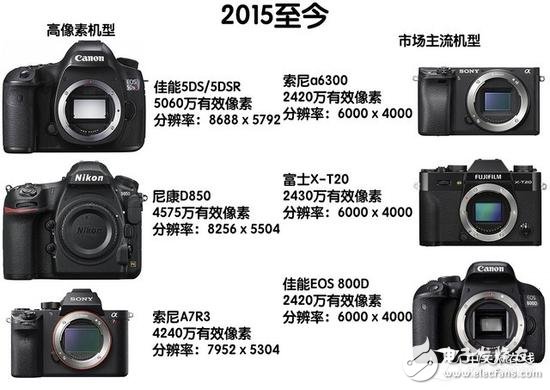
Since 2015, the pixels of high-pixel models have further increased, while the pixels of mainstream consumer models have stabilized, and the pixel gap has once again widened
High-pixel models, first of all, further improvement of pixels. During this period, the maximum pixel count of 135 frames jumped from 36 million pixels to 50 million pixels. A variety of 40-megapixel models also appeared in front of us, Sony A7R2 and A7R3 with 42.3 million pixels, Nikon D850 with 45.75 million pixels. High-pixel models have become more abundant in recent years.
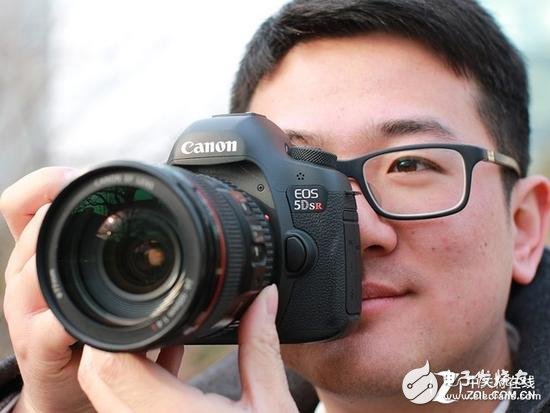
5DSR has maintained the record of the highest pixel of 135 format
In addition to further upgrades in picture quality, the body functions of high-resolution cameras have also been comprehensively improved. With the rise of video shooting functions, today's high-pixel cameras have begun to have better video shooting capabilities, such as D850, A7RII / A8RIII all have the ability to shoot 4K video, of which A7R2 and A7R3 can even be said to have comparable professional grade The shooting ability and post-processing space of video shooting equipment.
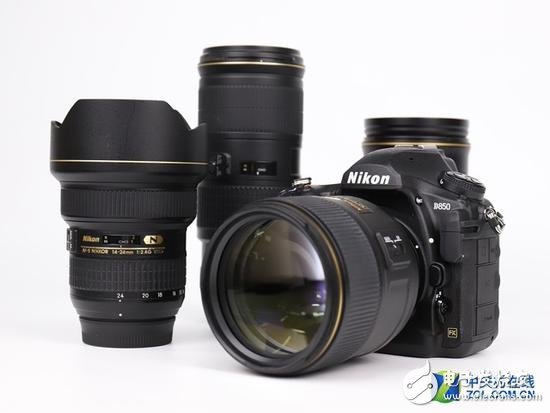
D850 has become the highest achievement of the current SLR system, with both high speed and high pixel
In addition to the improvement of video performance, the new generation of high-resolution cameras are also fully aligned with flagship models in terms of speed. For example, the Nikon D850 and Sony A7R3 released last year have strong continuous shooting performance. The A7R3 can reach up to 10fps, and the D850 also achieves the highest continuous shooting speed of 9fps. This is enough to match the performance of many traditional speed flagship models. The two cameras are also closer to the flagship in terms of focusing performance. High speed + high pixels have become a new standard for a new generation of high-pixel models.
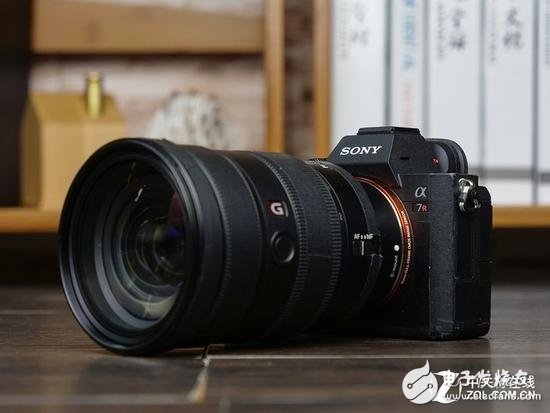
The latest generation of high-resolution models not only have powerful photo-taking capabilities, but also have outstanding video performance
Today's high-pixel cameras can be said to have a very comprehensive performance in the number of pixels, image quality, continuous shooting, focus tracking and video. This is something that was hard to imagine 10 years ago. With processor performance, sensor performance and storage system performance greatly improved, the new generation of high-pixel models can also compete with flagship models in speed. Nowadays, high-pixel models can be said to have become the most representative benchmark for the technological development of the camera industry.
10 years of different frames: CMOS positioning changes affect the pixel increase
What we have mentioned above is mainly the development of full-frame. We might as well take a look at the evolutionary path of several large-size sensor cameras that have been mainstream in the past 10 years in high pixels. It is not difficult to find from our statistics, from M4 / 3 to APS-C, then to full-frame, and then to medium-frame. In just 10 years, several mainstream frame models have basically reached the level of doubling the highest pixels. It can be seen that high-resolution pixels have developed in a real sense in the past decade.
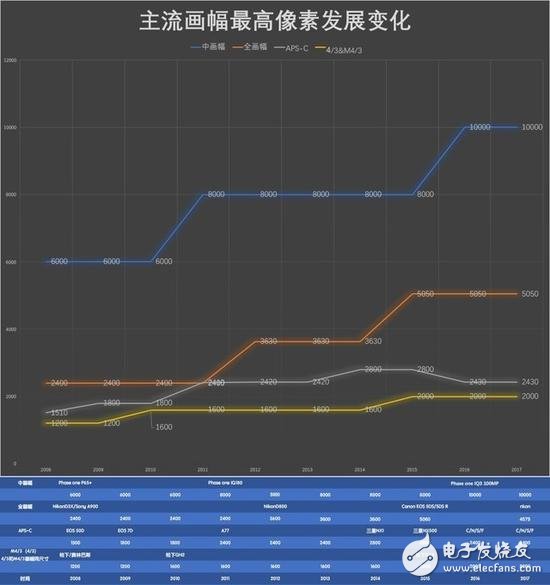
High pixel development of several major mainstream frames (the specific pixel growth models are in the chart, it is recommended to click to view larger image)
There is also a lot of interesting information. Among several large-format systems, the full-frame has the largest pixel increase. The pixel increase in 10 years has reached about 110%, while the increase in medium-frame and M4 / 3-frame models is the same. %about. Among the several large frames, the smallest pixel growth rate is the most mainstream APS-C model on the market, with an increase of 60%.
Note: The increase is calculated by the highest number of pixels
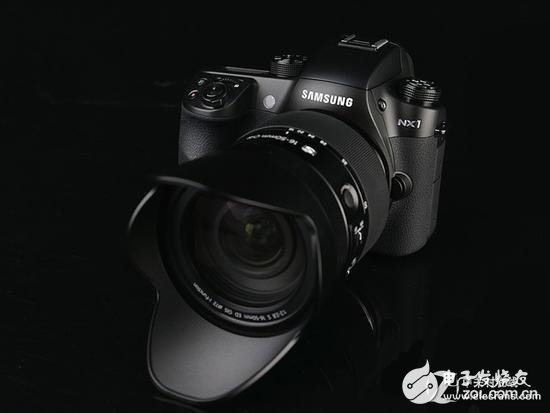
Samsung ’s 28-megapixel CMOS used to represent the highest level of APS-C sensors. With Samsung ’s withdrawal from the camera market, the 28-megapixel APS-C has become history, and everyone has stabilized at the 24-megapixel level to continue the maturity of the product.
Why is the most dominant APS-C model on the market today the smallest increase? There are also many interesting reasons. The first is the discontinuation of Samsung CMOS. The 28-megapixel Samsung APS-C frame sensor can be said to be a milestone of the APS-C frame sensor. It is the highest pixel APS-C frame sensor so far, and it is also the earliest with 4K video. APS-C recording capability
This is the most competitive 15.6 inch Budget Business Laptop, comes with 2022 intel latest celeron cpu-N5095, J4125, etc . Of course, other Budget Working Laptop are also available.
For example, 15.6 inch i5 4th Budget Workstation Laptop for your mid-level task, 14 inch i5 10th Budget Laptop For 3d Modeling, 15.6 inch i7 5th Budget Laptop For Photoshop, or 15.6 inch i7 10th budget laptop for work, etc. Of course, there are other type device, like Android Tablet, 2 In 1 Laptop, Mini PC , All In One PC.
A thin, portable, light-performance laptop may be the ideal tool when people choose a business laptop, therefore just ask yourself 1.what jobs you mainly need this device to do, then choose the cpu and storage necessary, 2.if need fingerprint or backlight; 3. prefer type C charging? Or traditional DC is ok? 4. Does RJ45 webcam is important for you? 5. how many hours you need the laptop to work when do your main jobs?
6.Camera position, prefer on the middle of screen up? or is ok on the bottom of screen?
Budget Business Laptop,Budget Working Laptop,Budget Workstation Laptop,Budget Laptop For 3d Modeling,Budget Laptop For Photoshop
Henan Shuyi Electronics Co., Ltd. , https://www.shuyitablet.com